Introduction
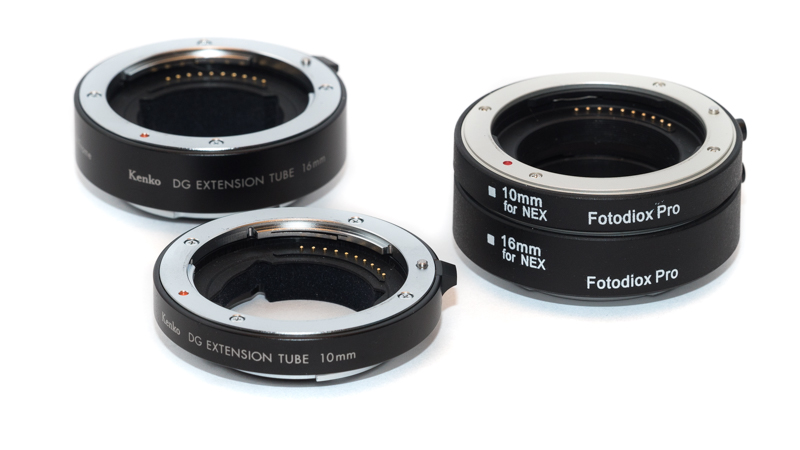
I do own a macro lens (Sigma 150mm 2.8) that I use for most of my product shots on this blog, but I rarely take it out for shooting as it is quite bulky and heavy. Nevertheless I like to take a close up shot from time to time so I decided to try out the Kenko and Fotodiox Pro extension tubes, to turn my Loxia 85mm 2.4 into a macro lens.
Sample Images
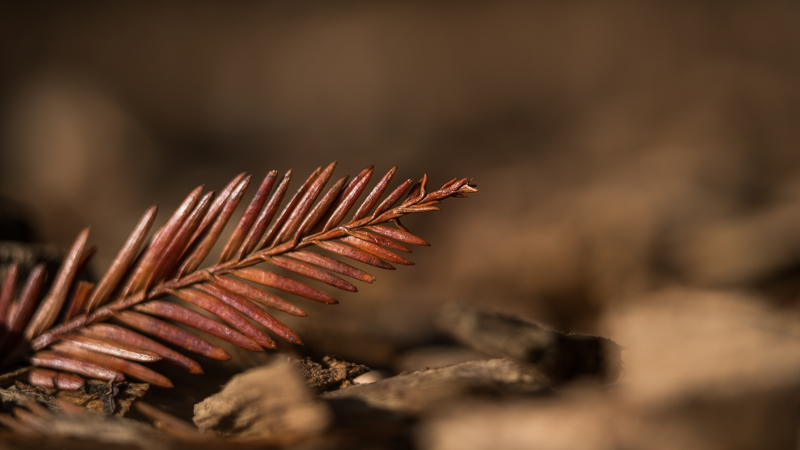
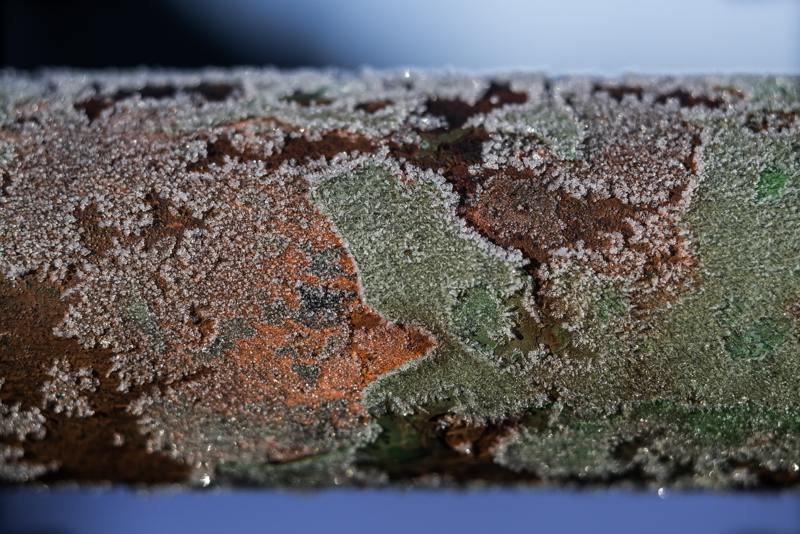
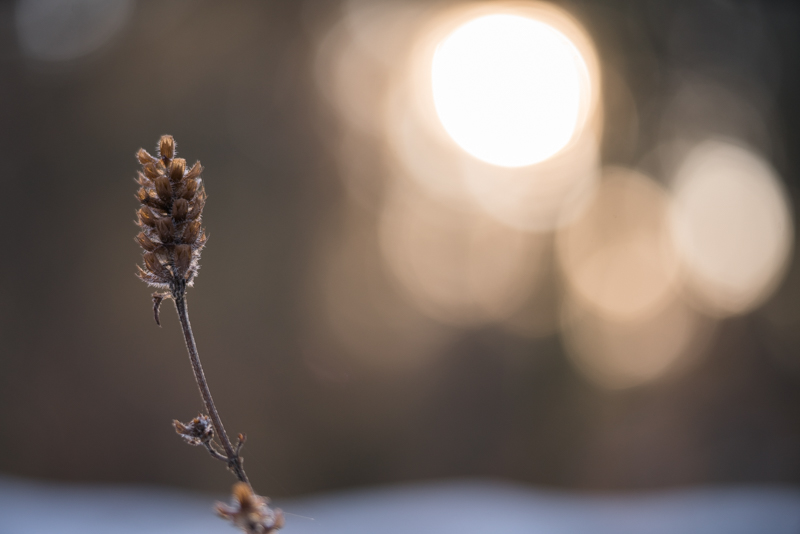
Specifications
Kenko
-
- Weight: 42+64 g
- Length: 10+16 mm
- Material: metal
Price: 120$/170€ on Amazon.com/B&H/Amazon.de (affiliate links)
Fotodiox Pro
-
- Weight: 25+29 g
- Length: 10+16 mm
- Material: aluminium
Price: 45$/45€ on Amazon.com/B&H/Amazon.de (affiliate links)
Handling / Build Quality
The Kenko extension tubes feature some felt inside to increase resistance against internal reflections, the Fotodiox tubes are only painted black:
Before: Kenko / After: Fotodiox Pro
The Fotodiox tubes feel very light by comparison, but still rigid enough and actually they have a tigher fit than the Kenko tubes. If you use both Kenko tubes at the same time there is significant radial play in the whole package which did really annoy me. The Fotodiox tubes don’t share this issue.
The release buttons are also quite different, as can be seen in this picture:
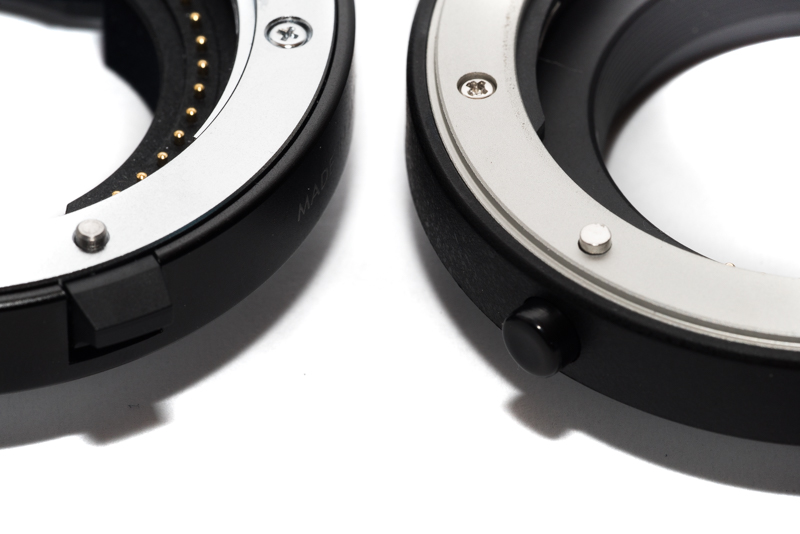
From the outer appearance I prefer the Kenko tubes. The paint job on the Fotodiox tubes is rather sloppy: the writings are not aligned to each other and some of the red paint got spilled as it seems.
How close can you get?
Extension tubes have a higher impact on lenses with shorter focal lengths but the minimum focus distance might be reduced so much on ultrawide lenses, that the lens will shade your subject.
I prepared this table to give you an impression what to expect:
| no tube | 10mm tube | 16mm tube | 10+16mm tubes | ||
|---|---|---|---|---|---|
| MFD | max. magnification | max. magnification | max. magnification | max. magnification | |
| Zeiss Loxia 21mm 2.8 | 25 cm | 1:7.8 | 1:1.7 | 1:1.1 | lens obstructs image |
| Voigtlander VM 35mm 1.7 | 50 cm | 1:10.5 | 1:2.5 | 1:1.8 | 1:1.2 |
| Voigtlander VM 50mm 1.5 | 70 cm | 1:10.8 | 1:3.5 | 1:2.4 | 1:1.7 |
| Zeiss Loxia 85mm 2.4 | 80 cm | 1:8 | 1:3.7 | 1:2.9 | 1:2.1 |
| Voigtlander SL 180mm 4.0 APO-Lanthar | 120 cm | 1:4 | 1:3.3 | 1:2.9 | 1:2.5 |
Quality of the anti reflection measures
As already written above only the Kenko tubes feature some felt on the inside to counter reflections, but does it really make a difference? This depends on the lens in use and where point light sources are situated in the frame.
In this scene the differences are negligible:
Before: Kenko / After: Fotodiox Pro
But with the point light source just barely outside the frame the problems with the Fotodiox Pro tube start to appear:
Before: Kenko / After: Fotodiox Pro
This is the same shot without any extension tubes for your reference:

So the felt really can make a difference. To my knowledge the Kenko tubes are the only ones that feature it from factory.
Alternatives
There are many cheaper extension tubes available, but I already lost some of my money by trying to get to work cheap extension tubes with my Nikon DSLRs, so I leapfrogged that step in E-mount land.
As far as I know I tried the two most sophisticated (or expensive) E-mount extension tubes (Sidenote: from the moment I bought the Fotodiox tubes until now the price dropped by almost 50%!) and even they have some issues, for serious work I can only recommend not wasting any time and money with the cheaper tubes.
Conclusion
I am not really happy with either of the tubes I tested. Thing is, I actually need them, so I tried to pick the lesser of two evils. Glare and flare because of internal reflections really put me off and I am not exactly in the mood of trying to flock the tubes myself (if you are check out this article), so the Fotodiox tubes weren’t an option anymore after the comparison.
The radial play in the Kenko tubes is absoluetely ridiculous considering the high price tag and some lenses sit rather tight while others don’t.
I nevertheless picked the Kenko tubes for myself, as they offered better image quality in the end, but there is certainly room for improvement.
Sample Images

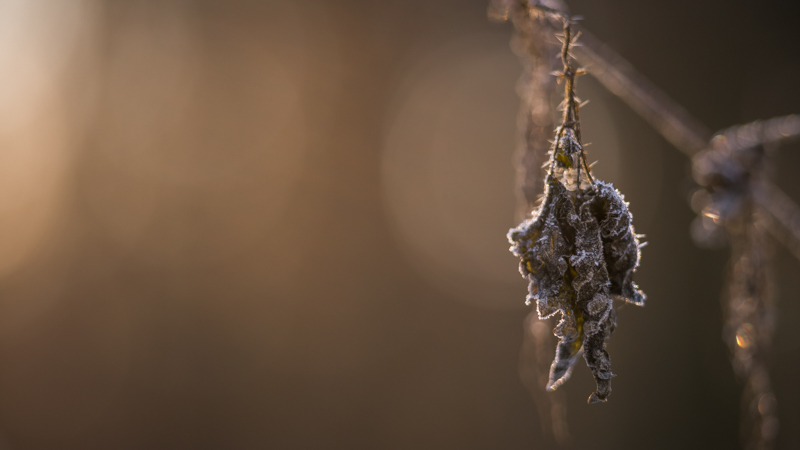
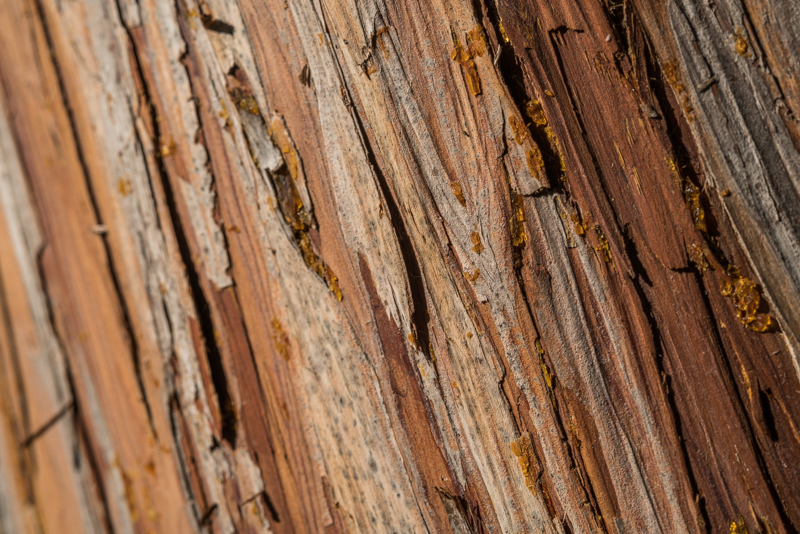
Further Reading
- Rangefinder wide angle lenses on A7 cameras
- User guide to ultra wide angle lenses for A7 series cameras
- The best lenses below 499$ for A7 series cameras
Support Us
Did you find this article useful or just liked reading it? Treat us to a coffee!
![]()
![]()
![]() via Paypal
via Paypal
This site contains affiliate links. If you make a purchase using any of the links marked as affiliate links, I may receive a small commission at no additional cost to you. This helps support the creation of future content.
Latest posts by BastianK (see all)
- Review: SLRmagic 50mm 0.95 Hyperprime LM - July 5, 2025
- Full Resolution Pictures getting fixed - July 4, 2025
- Analogue Adventures Part 42: A wedding with Eastman Double-X 200 - July 2, 2025






In the US, Vello tubes seem to be the best seller. I haven’t compared them to anything else, but they seem to work OK.
I have tried many tubes and the best ones are Neewer brand. They are 100% plastic
Have you experienced any loss of sharpness when using extension tubes with the 85mm Loxia? I am trying to scan 35mm film negatives with my Sony A7 so I need something that gives me 1:1 magnification. I have tried using my Zeiss Contax 28mm F2.8 in conjunction with cheap 10mm and 16mm extension tube which gives me around 1:1 magnification. However, even when stopped down to F11 only the very center is sharp. The outer 3/4 of the frame looks horrible. Would a Zeiss Contax 100mm F3.5 lens work better for my purpose if I added enough extension tubes to get close to 1:1 or should I just buy a 1:1 macro lens? Thank you!
The 21mm and 85mm Loxia lenses have very sophisticated and modern state of the art lens designs and retain great optical quality even at the minimum focus distance (and beyond) despite not having floating elements. This suprised me quite a bit to be honest.
For your purpose I would recommend getting a dedicated macro lens though, best in the range of 90/100mm, as they usually show least distortion.
My thoughts are the same as yours. I needed E-mount tubes for native E-mount lenses, so I bought a Kenko set, based on internet opinions that they were the best choice. And I think that they are best when comparing the alternatives, but “best” in terms of build quality isn’t what comes to mind when using them.
Mine also have an unacceptable amount of play, and the release button feels less than firmly attached. They are nowhere near the quality of my older OEM Canon tube set. I’ll make a point of using the latter if I’m attaching a Canon-mount lens to the A7RII via Metabones adapter. However, I do like the fact that the two sets contain different tube sizes; if I need a shorter tube than 12mm with a wide focal length Canon-mount lens, I can still use the 10mm Kenko tube on the opposite side of the Metabones adapter, for example.
Yes. They are probably the best, but this does not mean they are really good 🙁
I’ve been experimenting with tubes this spring/summer, as well as a front-lens (Olympus MCON-35). I’ve gotten some good results, but I find these to be a pain, so it’s a mix.
At longer focal lengths I have really nice macro lenses, so I don’t need them there. The Olympus OM 90/2 macro is maybe my favorite lens ever (though I don’t always carry it, sometimes taking something lighter instead). I also have a Bokina. The problem for me is shorter focal lengths. I have the OM 50/2 macro, which is sharp up close and has nice bokeh wide open or stopped down just a little, the bokeh is often rather choppy when its six blade aperture starts showing.
So I’ve been using other lenses (Konica Hexanon 50 1.4 and OM 50 MC 1.4, sometimes the MD 57 1.2) with either the MCON-35 front lens or with tubes. The sharpness isn’t quite as good as a native macro lens (in some cases where I have compared the two), but the bokeh is actually often better than the OM 50/2.
The problem I find is that these solutions make the lens inflexible, only suitable for very close work. If you back up a little or see another image that’s not close up, you have to change lenses or take off the modifier.
I may have made comparison series of the tube vs the front-filter (I know I’ve compared with the macro), but in the torrent of images I’ve been making I haven’t had time to evaluate or keep track. I could find them with keywords maybe. It’s a question that’s been in my mind for a few months now: how does a tube compare to a front macro filter? I’m guessing it will vary on a case by case basis depending on the lens design.
This is unfortunately true, yes.
With extremely high resolving lenses like the Loxia 85 I have used here tubes wil give better performance.
With many older primes or rangefinder lenses a front filter might indeed yield better results.
The loss of flexibility is a real issue with both options though 🙁
A comment to the manufacturers!
With short focus lenses like the Voigtlander 14 mm a 5mm extender or even shorter extender will come useful, I would buy it.
You can buy the Leica M version and a helicoid adapter and end up with the same exact thing.
But does the adapter transmit the aperture info to the camera?
These extension tubes do transfer aperture info (usually called Exif data) and also AF.
Just for share the impression on radial play on the Kenko’s tubes. Now I have also A7R3 and I’m valuating those tubes for use them with the 90 2.8 G macro.
But with Nikon tubes i faced the same play that you exposed. The sigma 150Os is havy so the banding was a issue. I was able to solve the tolerance applying a very tiny layer of transparent plastic in three different points for one side of each tube.
Yes, for the price especially, this is annoying. But what is incredible , they STILL CONTINUE to do the same identical mistake!!!
I enjoy wideangle macro-shooting. Currently I´m using 35/1.4 ZM with two extension tubes (Voigtlander 0-4 mm + Doerr 10 mm). I would like to use my Loxia 21 with an extension tube shorter than 10 mm. Are there any extention tubes of less than 10 mm für Sony e-mount? Maybe even a flexible one? Do you have any advice? Thanks for help and for your great work on this blog!
The shortest I know of is 10mm, sorry.
Nikon PK11A is 8mm, all metal and zero play. I use it with the Zeiss Milvus line on the A7. No electronic connection though, but that is fine with me.
If someone made the exact same thing of similar quality for Sony they would sell thousands and thousands of them, I would pay $100 for it without issue.
A 35-50mm lens needs an 8mm extension tube (hence Nikon making the PK11 all those years ago). Such a beautiful combination to use.
All current options are made from the same nasty old parts bin stuff with incorrect mount tolerances (the tolerance changed ever so slightly with the A7 line) – and only available in sizes that were intended for owners to turn their mid-range telezooms into macro lenses.
They are fine if you have an Nex 5 and want to use your 55-210mm as a macro lens but anything other than that they are very poor indeed.
I’m wondering what the maximum focusing distance is with the loxia 21, 50 & 85 lenses, when using one 10mm tube? I wish shorter tubes existed though..
The Loxia 21mm would not focus on anything at all.
The 85mm would be fine and in fact this normally gives a better result for product work than a macro lens. I do the same thing with a portrait lens on the 645D.
I confess I am a novice but why has no one suggested Minolta’s own MD extension tubes? For the price of the Kenko extension tubes one could buy a decent dedicated macro lens or am I missing something here?
One of my favourite macro lens is a Rokunar 90mm f2.5 which although heavy covers a wide range.
Thanks for the great and very useful test. However, I do feel one should warn people not to purchase extension tubes which are for APSC. I have an older set of Kenko tubes, and they cause serious vignetting. The image corners are simply black which means one must crop the image to something less than 80%. I now have purchased new Kanko tubes marked “for Sony E-mount Full Frame” and these do not have any vignetting. The older version has a circular aperture whereas on the new version there are cut-outs both sides to eliminate the vignetting.
One should also point out that the internet is very confusing! If you look on Amazon you will find many different manufacturers of extension tubes for the Sony E-mount, some with round apertures others with cut outs for full-frame. Some manufactures of the version with a circular aperture say “for APSC” others say, “on full-frame cameras switch to APSC”, others simply list all Sony E-mount cameras with no mention of vignetting.
Thanks again for the test, I will be putting an old set of Kenko on the Swiss version of EBay but will make a note saying “APSC only”.